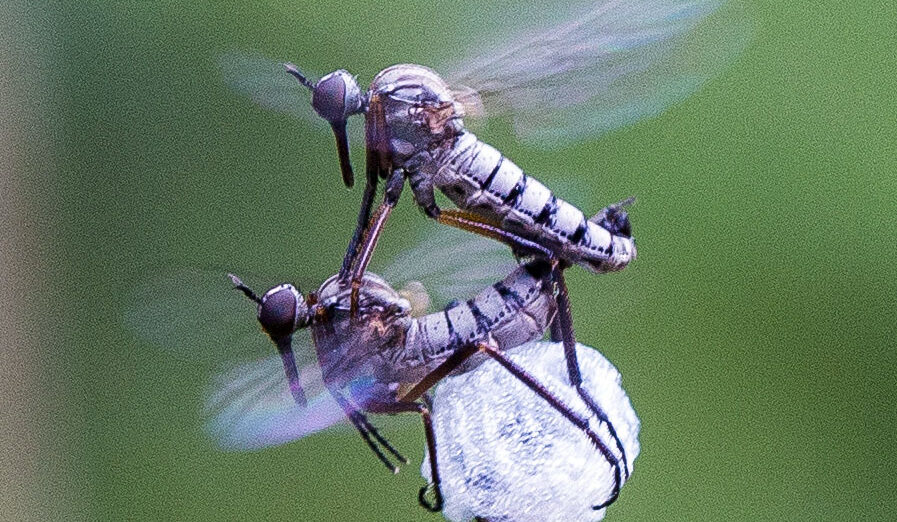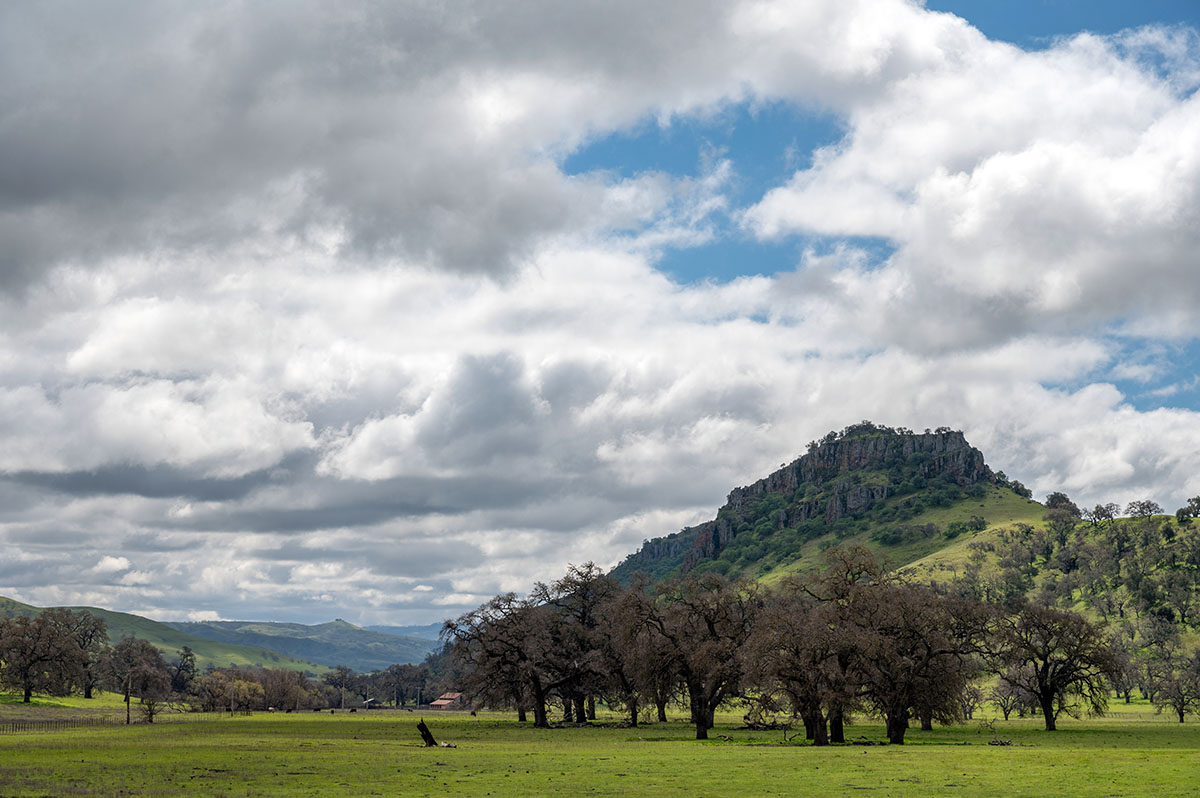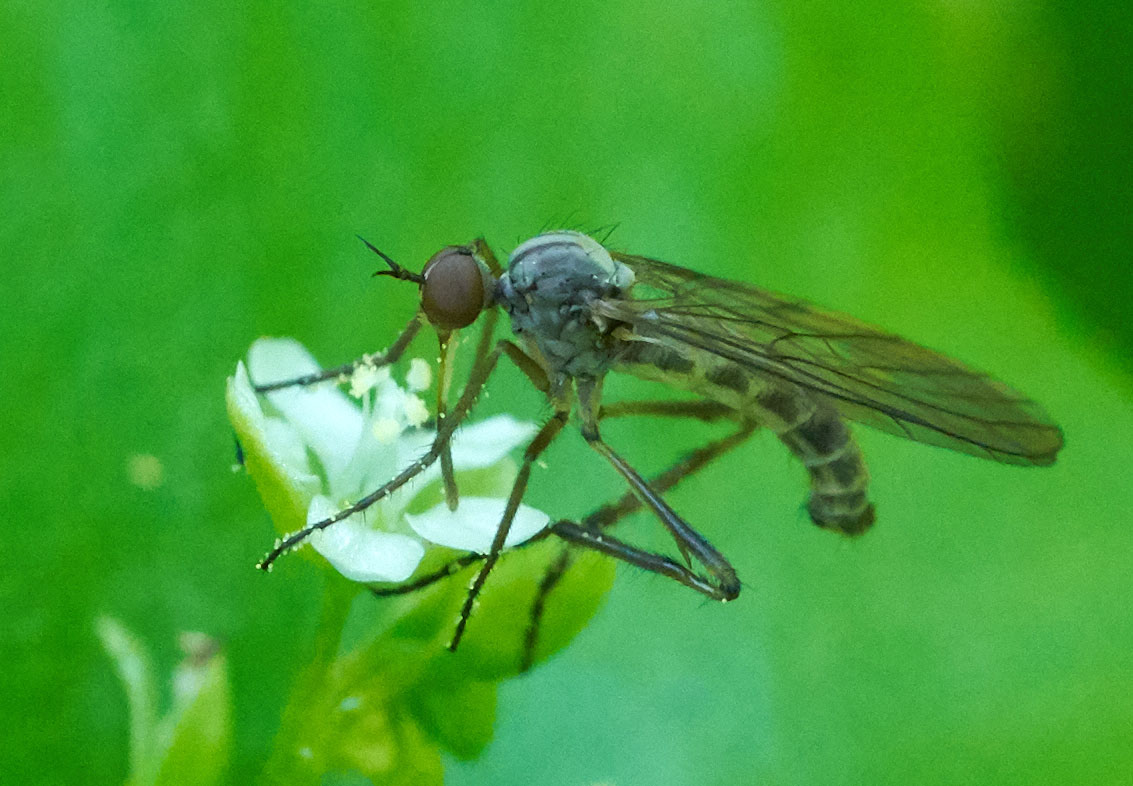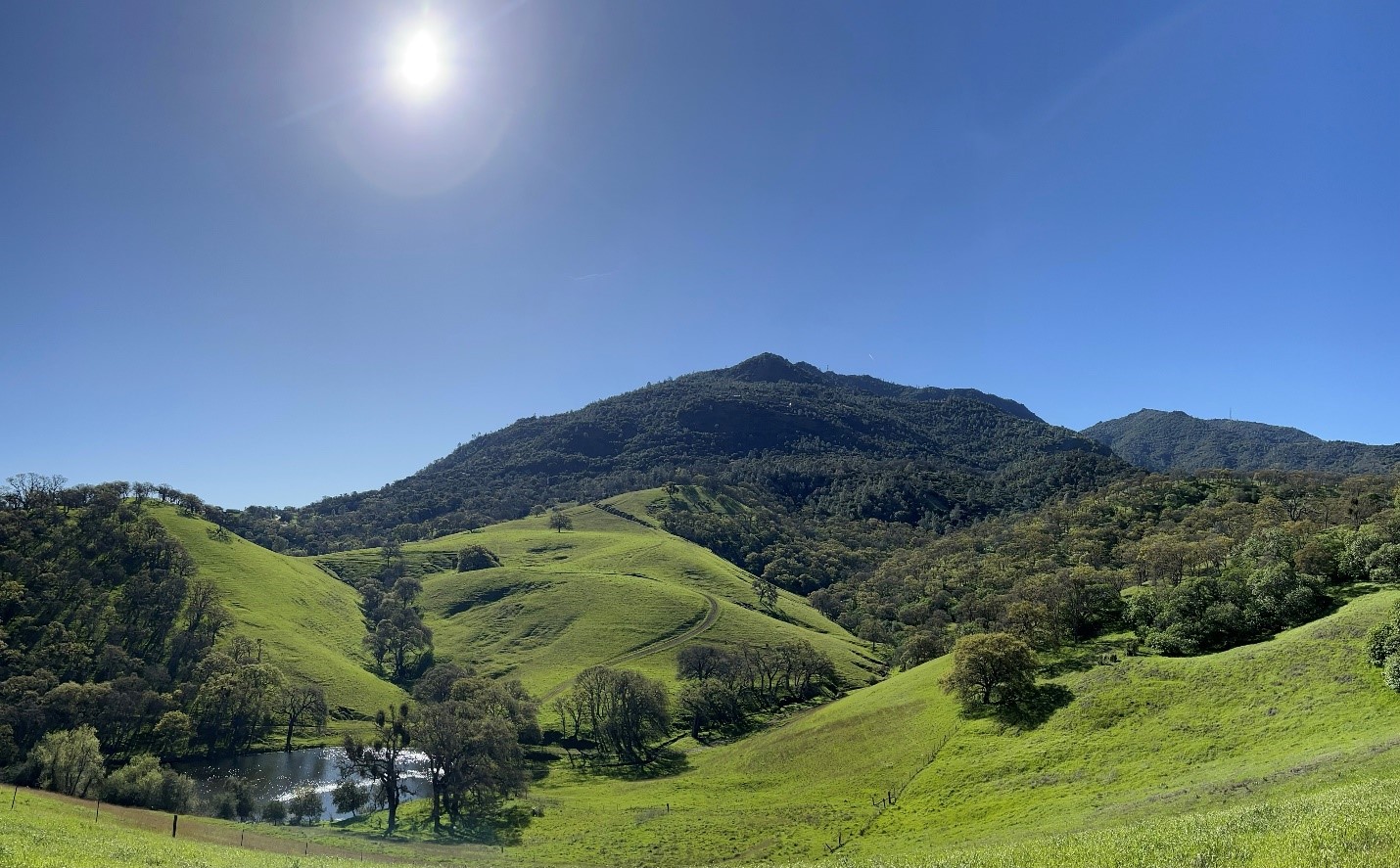
The Diversity Dance in the Diablo Range
Of the many marvelous plants and animals you can see during a hike in the Diablo Range, insects may be the most understated and most diverse.
In particular, insects and other arthropods like centipedes, spiders, and scorpions, have a remarkable and still vastly under-described and little-known diversity.
Go to your favorite spot in the Diablo Range—that place with a sweeping vista of an oak savanna, a shady, secluded spring set with live oak, or a gently babbling seasonal stream—and no more than 30 percent of the insects around you have been recorded from that location.

Oak savanna along Quien Sabe Road in San Benito County, Diablo Range. Photo: Scott Hein
Also, a surprisingly large number of species at your spot remain undescribed and unnamed.
The spectacular biodiversity of the Diablo Range is made manifest through the efforts of taxonomists who discover, describe, and classify the organisms around us.
A contribution to our knowledge of dance flies of the Diablo Range was recently published by the Canadian team of Bradley Sinclair, Scott Brooks, and Jeffrey Cumming.
This study covers the species of the dance fly subgenus Enoplempis (Empis, Empididae) from western North America. The group has a total of 75 species in western North America, and an amazing 54 new species were described in this study.
Seven of those newly described species are found in the Diablo Range; four new species are known from the imperiled Del Puerto Canyon.

Del Puerto Canyon and Del Puerto Creek. Del Puerto Canyon is threatened by a proposal to build a large reservoir. Photo: Scott Hein
And one species has as its holotype (the single individual with the privilege of being the formal name bearer for the species) a specimen collected during the 2012 Save Mount Diablo BioBlitz on one of Save Mount Diablo’s properties.
Perhaps you are not familiar with our Diablo Range dance flies. If you have been hiking in the range, it is almost certain you have seen them.
Some species are best observed taking nectar on flowers, but many form small to rather massive swarms beneath trees and over streams.
They can be seen swooping and turning in the air, a dance they perform with aerial maneuvers that are part of courtship and mating. They are typically predatory flies, catching small insects on the wing.
You may be able to observe them flying with their lunch grasped with their legs. In some species both sexes catch prey, but in most the males hunt, form swarms, and then present the prey to the female as a “nuptial gift” upon mating.

Dance flies mid-air. Photo: Ameet Zaveri | CC BY-NC-SA
The most peculiar habits are exhibited by those species in which males secrete material from the digestive tract, forming this into a frothy, white ball or “balloon” (sometimes they are referred to as balloon flies).
This ball may trap a small prey, like a sticky trap, or act as a gift to prolong the courtship and mating.
If you look closely, perhaps with a hand lens, you can see that the flies are not like a common house fly.

A dance fly on an Indian lettuce flower. Photo: Tony Iwane
They have a relatively small but distinct head that is round, with very long, sharp beak-like mouthparts and often with relatively enormous eyes.
The thorax is large—housing the relatively immense muscles that power their flight wings. The abdomen is gracefully tapering but often ended with boldly prominent external genitalia in males.
The discovery, description, and classifying of the organisms of the Diablo Range is critical to conservation planning.
Knowledge of what species are involved in the diversity dance in the Diablo Range, like the little-known dance flies, makes our experience of the Diablo Range’s wild places richer and adds value to every acre that can be preserved.

Krane Pond, purchased by Save Mount Diablo in 2023, with Mount Diablo above in the background. Photo by Ted Clement

